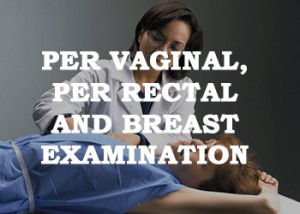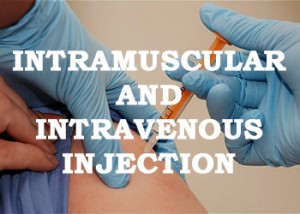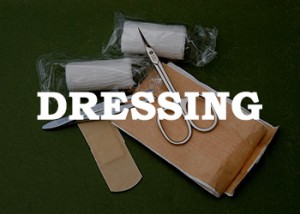Per Vaginal, Per Rectal And Breast Examination

Physical examination is a vital part of medicine for all people, allowing for detection of a variety of clinical abnormalities; its importance cannot be emphasized enough. A per vaginal examination or pelvic examination includes a physical examination of female pelvic organs. The per rectal examination, commonly called prostate exam, is an internal examination of the rectum. The breast examination is a screening method for the early detection of breast cancer. In this workshop, attendees are taught the techniques involved in the examination of the pelvic organs, the rectum and the breast using mannequins. They are informed of the normal and abnormal examination results and taught how to differentiate between the two.
Scrubbing, Gowning And Gloving

There is a standard procedure for surgical hand antisepsis, gowning and gloving which is based on current evidence, best practice and validated research. The patient’s surgical outcome is enhanced by the promotion of an aseptic environment . This policy supports infection prevention and control. Our workshop on Scrubbing, Gowning and Gloving teaches the members the correct way of preparing themselves before entering the Operating Room. It includes the 7 step process of Scrubbing their hands up to the level of their elbows, how to correctly put on their surgical gown and the proper method of inserting their hands into the gloves, all while maintaining the sterile field. Each member also receives their own pair of Surgical gloves as part of the workshop.
Intravenous And Intramuscular Injection

Intravenous therapy is the infusion of liquid substances directly into a vein. Compared with other routes of administration, the intravenous route is the fastest way to deliver fluids and medications throughout the body. Intramuscular injection is the injection of a substance directly into a muscle. Muscles have larger and more blood vessels than subcutaneous tissue and injections here usually have faster rates of absorption than subcutaneous or intradermal injections. This workshop teaches members the proper techniques of locating the sites for injection and administering the injection.
Catheterization

Urinary catheterization is a routine medical procedure that facilitates direct drainage of the urinary bladder. Here, a latex, polyurethane, or silicone tube known as a urinary catheter is inserted into a patient’s bladder via the urethra. It may be used for diagnostic or therapeutic purposes. Catheters may be inserted as an in-and-out procedure for immediate drainage, left in with a self-retaining device for short-term drainage or left indwelling for long-term drainage for patients with chronic urinary retention. Also, drugs may be inserted into the catheter for action on the urinary bladder. In the workshop, attendees are taught how to correctly introduce the catheter tube into the patient and the subsequent procedures of urine collection.
Dressing

A dressing is a sterile pad or compress applied to a wound to promote healing, prevent infection and stop bleeding. Dressings are designed to be in direct contact with the wound, as distinguished from a bandage, which is most often used to hold a dressing in place. A dressing can have a number of purposes, depending on the type, severity and position of the wound. The main purposes of a surgical dressing are to control any postoperative bleeding, absorb exudate if anticipated, ease pain and provide protection for newly formed tissue. Members shall learn how to effectively apply surgical dressing and maintain a sterile environment whilst doing it.